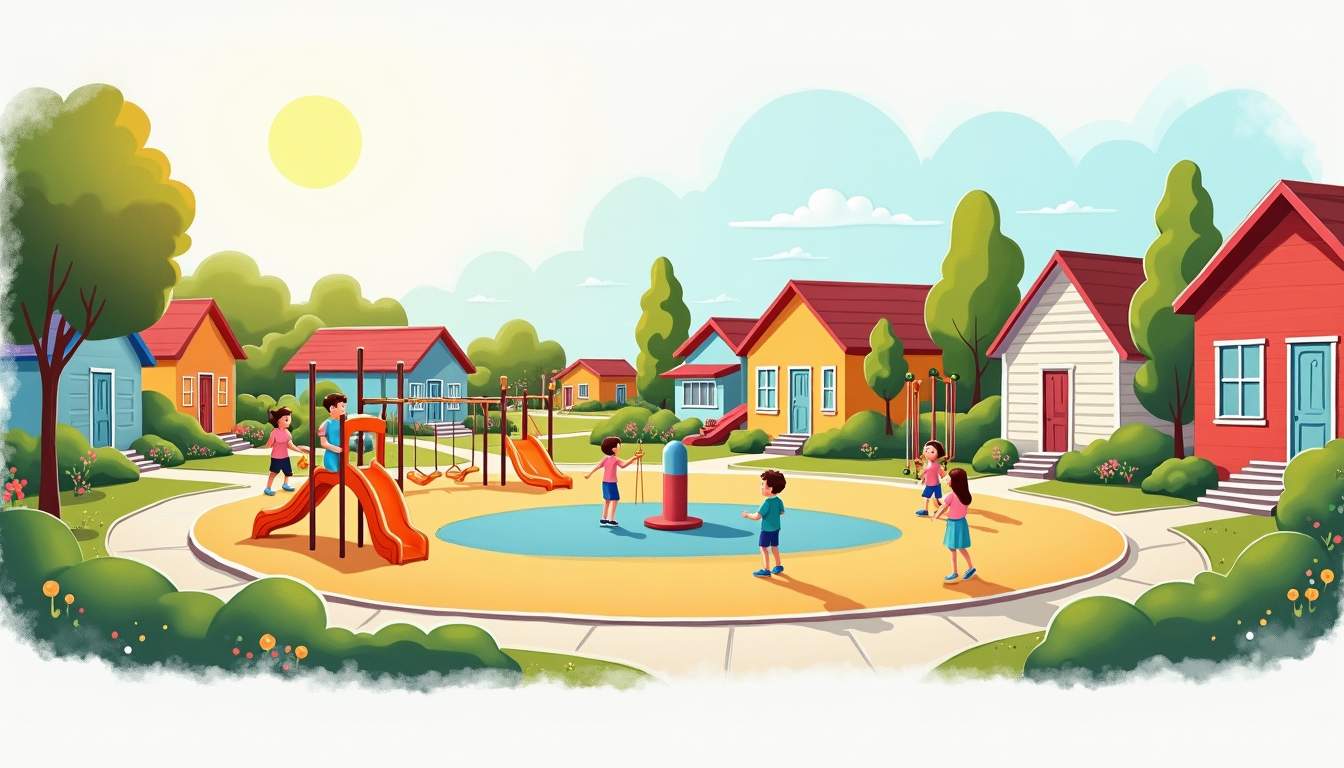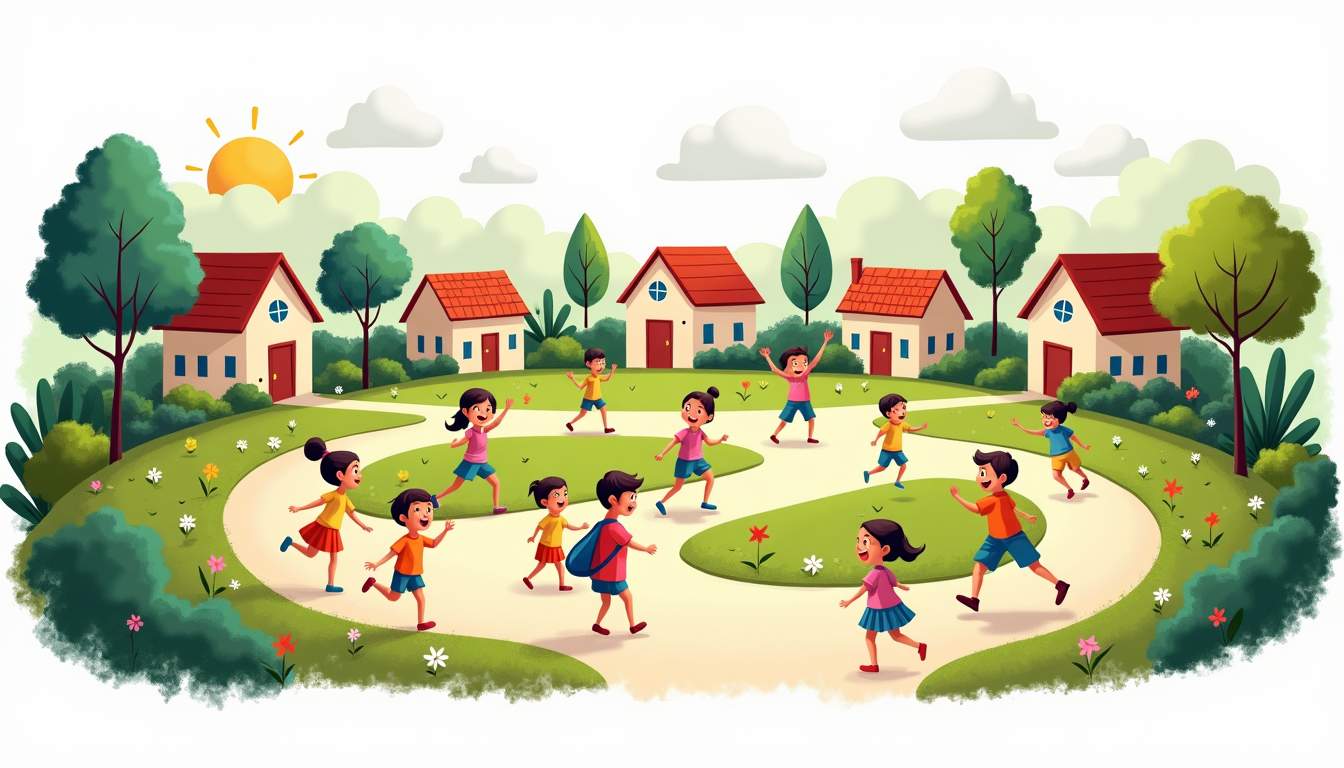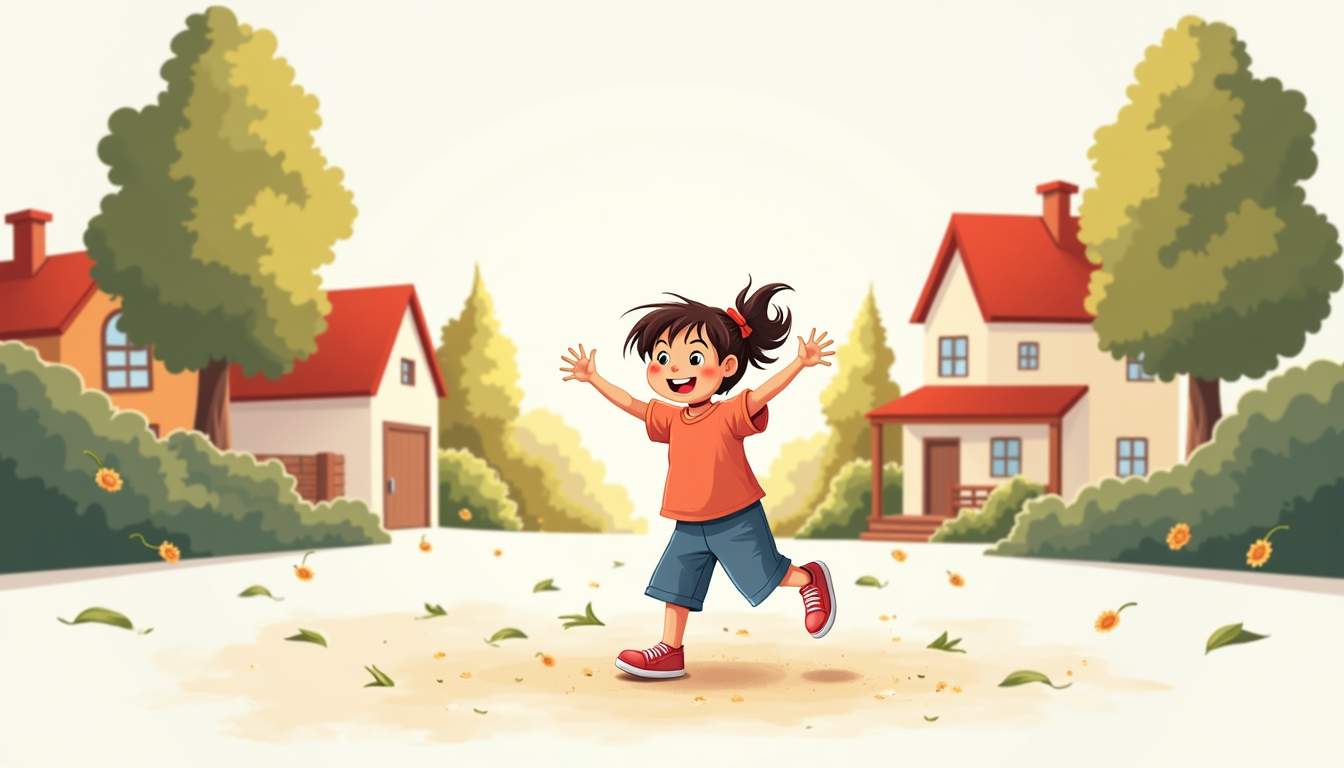There are neighborhoods that look pretty on a map and communities that feel like home. The difference is felt in morning bike rides, shared holiday tables, the ease with which a child can knock on a neighbor’s door, and the number of adults who know a child’s name. A community your kids will never want to leave combines safety, curiosity, belonging, and opportunities to grow. It’s less about perfect amenities and more about predictable kindness, clear boundaries, and joyful routines that make childhood feel secure and full of possibility.
Children learn their first rules of society close to home. Streets, parks, and common spaces act as classrooms for social skills, empathy, and citizenship. When a neighborhood is intentionally designed with kids in mind, it reduces hazards and increases spontaneous play—two ingredients essential to healthy development. Powerful design choices can transform a collection of houses into a living web of relationships where every corner encourages exploration without inviting chaos.
Physical safety is only one layer. Emotional safety—knowing that adults are trustworthy, that conflicts will be mediated fairly, and that differences are respected—is equally crucial. Intentional design replicates what strong families do at scale: provide structure, model compassion, and create predictable rituals. In such environments, kids move from dependence toward autonomy at a steady, supported pace.
Beyond safety, thoughtful community design fosters inclusivity and diversity. When children encounter peers from varied backgrounds in shared spaces, they develop empathy and cultural awareness early on. Neighborhoods that incorporate art installations, community events, and interactive features invite children to engage creatively and collaboratively, enriching their social fabric and sense of belonging.
Moreover, sustainable planning that integrates green infrastructure such as rain gardens, native plantings, and natural play elements encourages stewardship of the environment. Children who grow up exploring biodiverse habitats develop a connection to nature that nurtures curiosity and responsibility, laying the groundwork for future environmental advocates.
Accessible sidewalks, slower traffic, public seating, and strategically placed play areas make outdoor life manageable for children and caregivers. Mixed-use zoning that puts shops, schools, and libraries within walking distance creates natural interactions. Pocket parks and community gardens provide places to belong, while street trees and visible crosswalks add layers of comfort and safety.
Playgrounds and parks are the emotional centers of a child-focused community. A well-designed play area invites kids of different ages and abilities to share space without conflict. Choices about equipment, sightlines, and materials influence how freely play unfolds and how well caregivers can supervise multiple children without feeling isolated or anxious.

Inclusive play considers sensory needs, physical accessibility, and opportunities for imaginative play, not just linear slides and swings. Natural elements—boulders, sand, water features, and planting—encourage creativity and resilience. When children are given safe permission to explore, tumble, and repair minor hurts, they learn risk assessment and problem-solving in a supportive context.
Spaces that can be visually monitored from multiple angles reduce the stress of supervision while maintaining children's freedom. Low walls, seating clusters for adults, and clear boundaries between play and vehicle spaces help. Community-run schedules for equipment use, volunteer supervisors during busy hours, and signage with simple rules build a culture of shared responsibility.
Rituals shape time and anchor relationships. Short, repeated practices—like a weekly block clean-up, a regular story hour at the library, or a seasonal potluck—give families something to anticipate. Kids thrive on predictability: rituals help them understand what’s expected and create chances for leadership as they grow. A child who collects neighborhood mail for a neighbor once a week learns both trust and the value of contribution.
Small rituals can be remarkably powerful. Morning walking groups to the local school, mailbox decorating contests, or a Sunday street chalk day knit neighbors together. The emphasis should be on low-friction participation: activities that require minimal planning but invite maximum involvement. When families are busy, the easiest, most predictable rituals are the ones that last.
Rituals create patterns of care and responsibility. Kids who regularly participate in shared tasks internalize the norms of reciprocity and stewardship. This lays the groundwork for democratic engagement later in life—voting, volunteering, and community advocacy all have roots in early, repeated practices of contributing to the common good.
After-school programs can be transformative when they balance academics, creative expression, physical activity, and unstructured free time. Strong communities offer a range of options: clubs for arts and music, sports leagues that emphasize teamwork over competition, and maker spaces where tools and mentors are available for hands-on learning. Cross-generational programming—pairing kids with older neighbors for storytelling or tutoring—adds depth and continuity.
Accessibility matters. Sliding-scale fees, transport support, and on-site childcare for caregiver meetings remove barriers to participation. Programs that are culturally responsive and reflect the neighborhood’s diversity give children role models who look like them and validate their identities. The most successful initiatives are those that collaborate with local schools, libraries, and businesses to pool resources and expertise.
Mentorship can be as simple as an elderly neighbor teaching chess or a mechanic running a weekend bike clinic. Formal mentorship programs are valuable, but organic mentorship—built through casual contact—often endures. Communities should encourage safe, accountable ways for adults to connect with kids, including background checks for formal mentors and public spaces that allow interactions to remain visible and supervised.
A strong community treats neighbors like extended family: people to borrow sugar from, to celebrate milestones with, and to rely on in hard times. When adults feel connected, children observe models of cooperation and conflict resolution. Neighborhood culture is contagious: the more relationships that exist, the more likely kids are to be included, watched over, and supported through small crises.
Intergenerational relationships are especially valuable. Seniors often have time, patience, and wisdom to share, while children bring energy and curiosity. Programs that pair seniors with families for walks, story exchanges, or garden projects reduce isolation on both ends and create shared memories that anchor a place to home.
Monthly neighborhood meetings, shared community calendars, and online groups make coordination easier. Time banks or skill swaps—where an hour of yard work earns an hour of guitar lessons—build reciprocity. Clear communication about expectations, such as noise norms or pet rules, prevents resentment. Most importantly, neighbors who celebrate each other's successes make kindness visible and contagious.
Communities that shelter children from every bump risk raising fragile adults. Constructive challenges—team problem-solving, community projects, and opportunities to lead—teach resilience. When kids are trusted with responsibilities appropriate to their age, confidence grows. Community gardens that require tending, local theater productions with volunteer-led sets, and youth-led advisory councils allow children to experience ownership.

Failure should be reframed as learning. Community cultures that permit safe mistakes encourage experimentation. Supportive adults provide scaffolding, not rescue: they offer feedback, help identify next steps, and celebrate effort. This approach builds grit and a growth mindset, preparing children for life beyond the neighborhood.
How a community responds to emergencies reveals its true cohesion. Effective neighborhoods have simple emergency plans, accessible contact lists, and clear ways to support vulnerable families. Drills and shared awareness sessions normalize cooperation rather than panic and make it easier for kids to understand what to do in difficult situations. When recovery is communal, children witness how collective effort rebuilds and heals.
Long-term success requires systems. Neighborhood associations, parent councils, and volunteer committees help distribute work so that no single person burns out. Rotating leadership and transparent decision-making prevent cliques and keep the community responsive to changing needs. Fiscal sustainability—through small dues, fundraising events, or partnerships with local businesses—keeps programs running even when enthusiasm wanes.
Environmental stewardship also contributes to longevity. Energy-efficient community centers, native plantings in parks, and localized food initiatives like community-supported agriculture teach children to think beyond themselves. When sustainability becomes part of daily life, it models responsibility for future generations.
Communities evolve. New families arrive with new traditions and needs, and systems that make it easy to onboard them maintain vitality. Welcome packets, neighborhood ambassadors, and periodic orientation events acquaint newcomers with routines, volunteer opportunities, and local resources. A culture that intentionally includes newcomers prevents fragmentation and ensures that the place remains a home for diverse families.
Creating a community that kids never want to leave is not about nostalgia or building a perfect bubble. It’s about constructing a reliable web of relationships, spaces, and routines that make growing up secure, joyful, and meaningful. Safety, inclusive play, daily rituals, enriching programs, intergenerational bonds, and sustainable governance combine to form a place where children learn to belong and to lead.

When neighborhoods prioritize predictability, kindness, and opportunity—when adults model cooperation and allow children room to try, fail, and succeed—a unique alchemy happens. Streets turn into meeting places, parks become classrooms, and ordinary days are filled with small moments that add up to a childhood worth staying for. That is the hallmark of a community your kids will never want to leave.
At Tennessee National, we believe that a vibrant, nurturing community is the foundation for a childhood full of joy, discovery, and belonging. Nestled within stunning natural surroundings and featuring exceptional amenities like a Greg Norman Signature Golf Course, private marina, and waterfront dining, our premier gated community offers the perfect setting for families to grow together. Explore move-in ready homes or build your custom dream home while enjoying over 20 member amenities, scenic nature trails, and an active calendar of social events designed to bring neighbors closer. Schedule a private tour today and take the first step toward creating lasting memories in a place your kids will never want to leave.